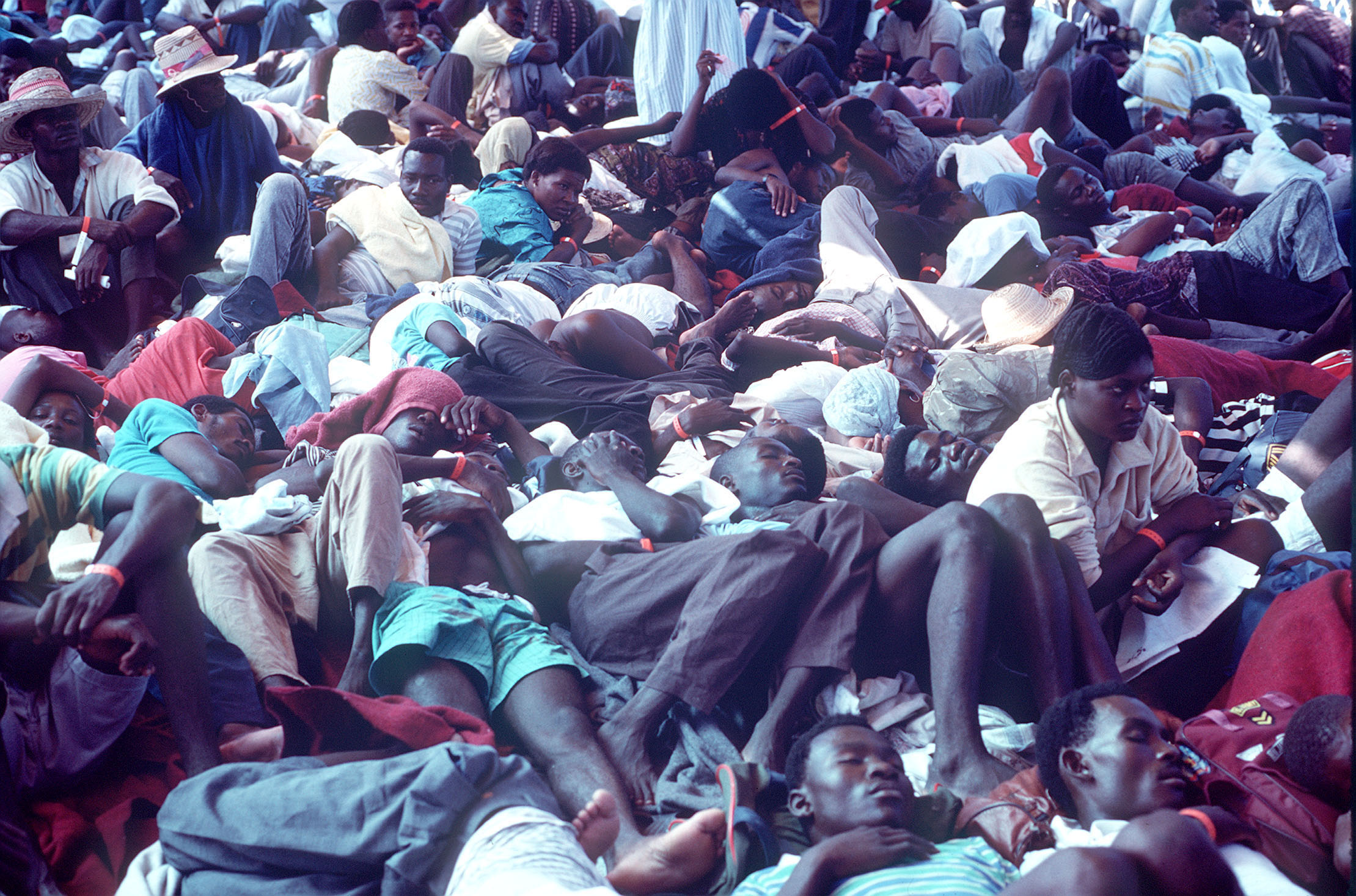Throughout Haiti’s history, it has been a powerful place. From the slave revolt to the populist movements in the late 20th Century, Haiti has been a place that is feared and oppressed by strong global powers. Yet Haiti is not usually discussed in terms of protest and power. As Nancy Dorsinville said,…
Read moreGuantánamo Public Memory Project
Stepping into the Unknown
National Dialogue and Traveling Exhibit
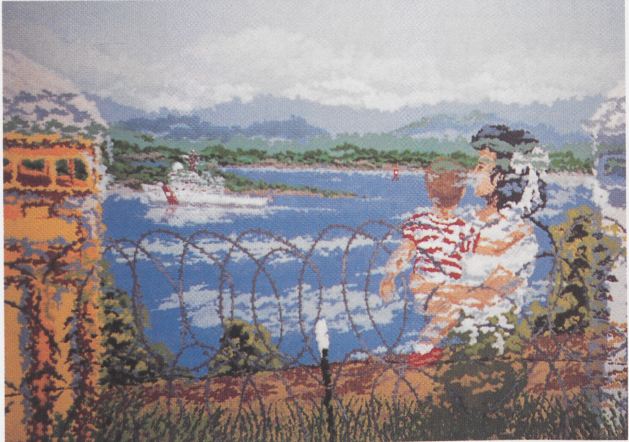
It seems that most media coverage of Guantánamo today is centered on what the US government should do with the naval base, but I am reasonably certain that, through no fault of their own, a majority of Americans have formed opinions about Guantánamo without knowing all of its history. Before I became involved in…
Read moreReflection: Close a Door, Open Another
National Dialogue and Traveling Exhibit
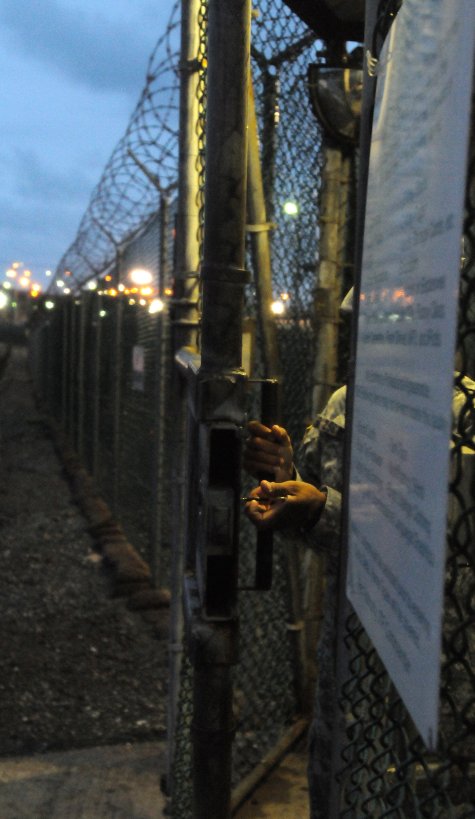
While asking whether we can close Guantánamo, I have been struck by the complexity of the question. The history of the base begins over a century ago and since then the base has functioned as an imperial tool for the United States. Amy Kaplan’s essay “Where is Guantanamo?” outlines the convoluted legal history of…
Read moreMaintaining Objectivity
National Dialogue and Traveling Exhibit
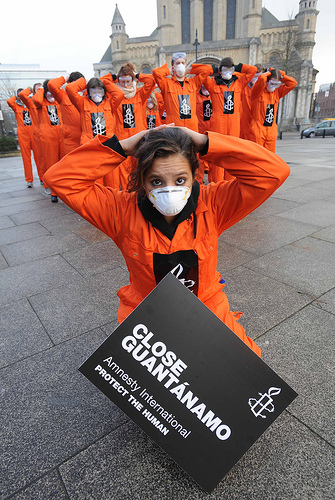
In considering a reflective blog on what strikes me most about the Guantanamo Public Memory Project, my attention immediately focuses on recognizing the emotional connection that many people share regarding the United States government and U.S. presence in Guantánamo Bay. Before being introduced to this thought-provoking exhibit, I had no previous knowledge of the racial…
Read more¡Llamando a todos los balseros y balseras!
National Dialogue and Traveling Exhibit
¡Llamando a todos los balseros y balseras! El Proyecto de Memoria Pública de Guantánamo está trabajando con estudiantes y communidades por todo el país creando una exhibición digital y física en la história de la base naval Estadunicene del año 1898 hasta presente. La exhibición esta dividida entre trece paneles colgantes. Uno de esos paneles…
Read moreInterview with Sergio Lastres
National Dialogue and Traveling Exhibit
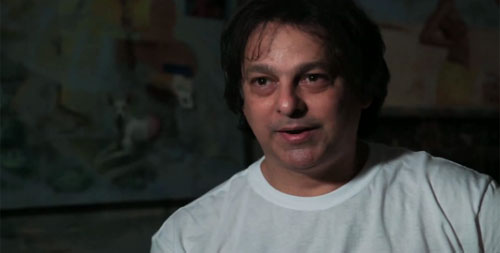
Video produced by University of Miami students Dong Kyu Lee and Laken Garcia. Translated by Frank Leon, Jennifer Aroch, and Laken Nardo. Sergio Lastres, an artist and former Cuban refugee at the U.S. naval base at Guantánamo Bay, reflects on his time at GTMO. The University of Miami is participating in the Guantánamo Public Memory…
Read moreInterview with Conrado Basulto
National Dialogue and Traveling Exhibit
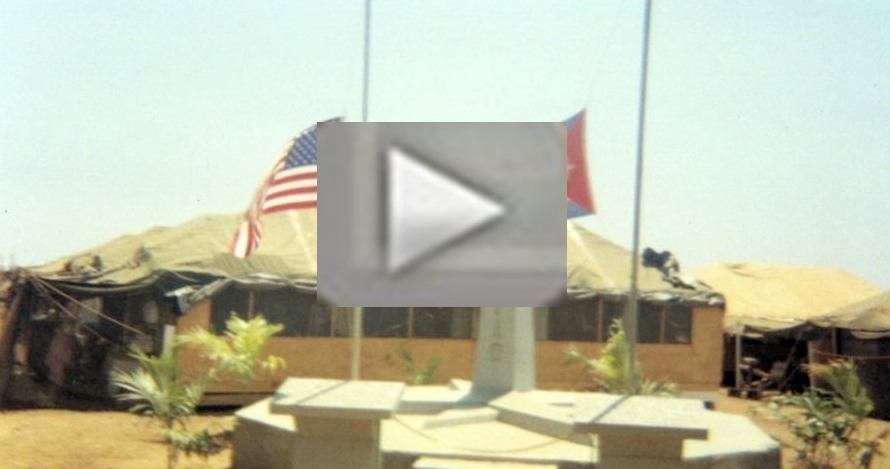
Video produced by University of Miami students Noah DeBonis and Noelis Márquez. From 1994-1995, Conrado Basulto spent nine months as a refugee at the U.S. naval base at Guantánamo Bay. He shares his story in the video above. The University of Miami is participating in the Guantánamo Public Memory Project‘s National Dialogue and…
Read moreInterview with Stephanie Scott
National Dialogue and Traveling Exhibit
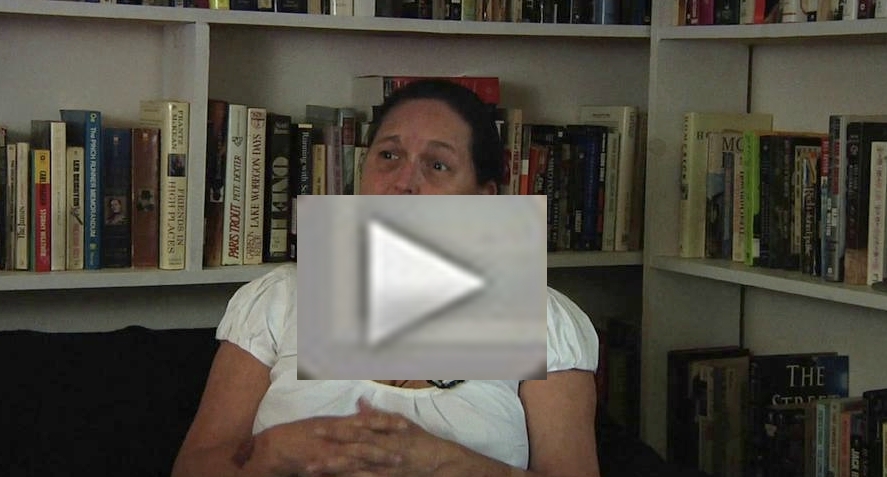
Video produced by University of Miami students Kenneth Rubi and Monica Duran. Interview conducted by Monica Duran. Stephanie Scott, Ph.D. is an Assistant Research Professor at the University of Miami Miller School of Medicine. A former Peace Corps member, Scott volunteered as a social worker at the refugee camps at the U.S. naval base at Guantánamo…
Read moreJamaican Workers
National Dialogue and Traveling Exhibit
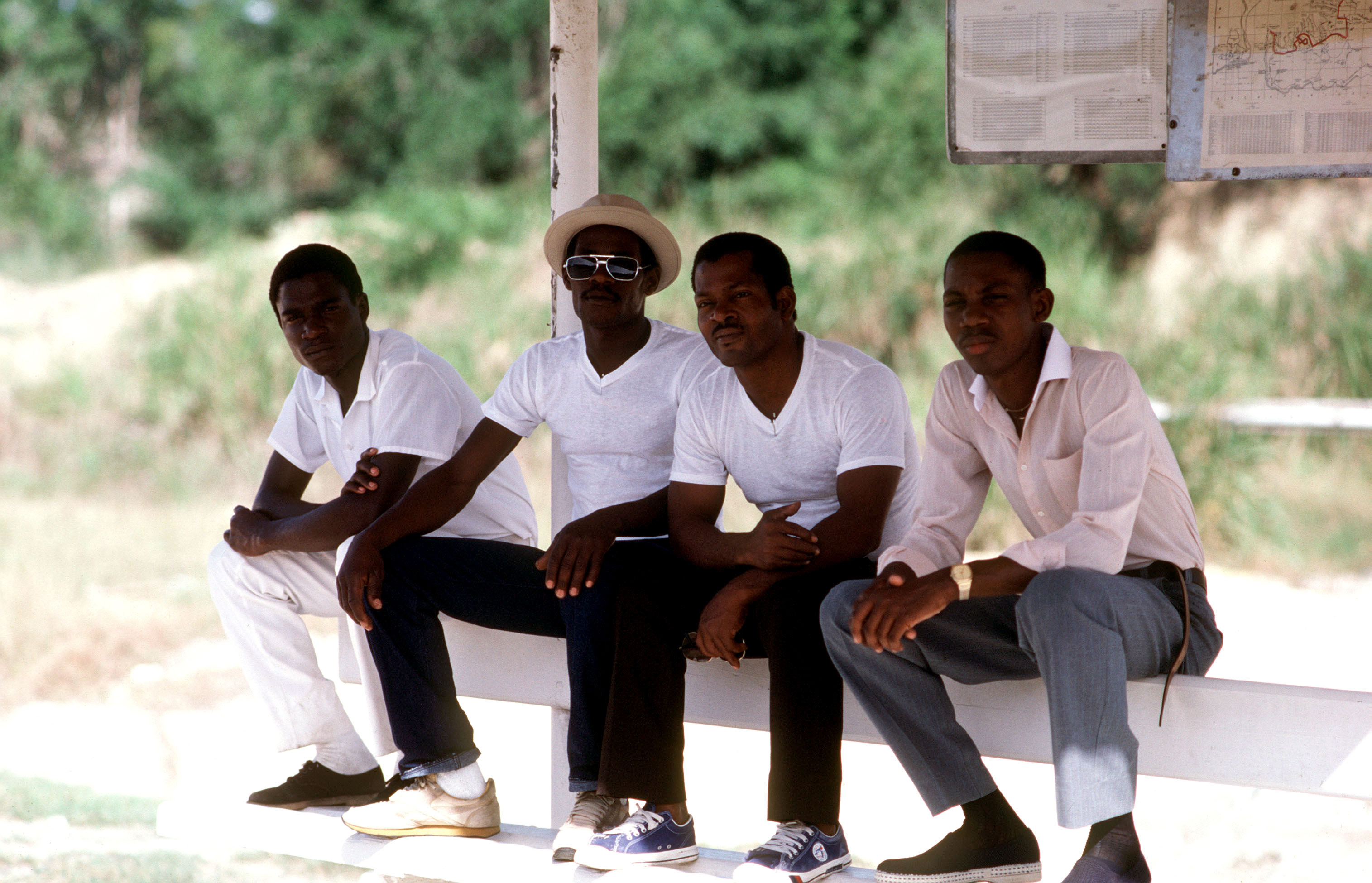
After the dismissal of Cuban workers at Guantánamo Bay in 1964, the United States hired 489 Jamaican workers to fill their spots. The Cuban workers were replaced because of Cold War tensions between Cuba and the U.S.; the Jamaicans were considered “inexpensive” employees. The U.S. feared that the Cuban workers could be spies passing along…
Read moreThis Week in Guantánamo: 2012 and 2002
This Week in Guantánamo: Present and Past
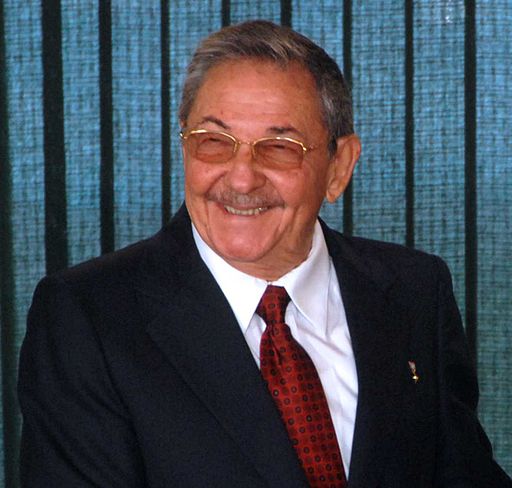
On July 26, 2012, Cuba held its annual Revolution Day ceremonies. In an apparently impromptu speech at a gathering in the city of Guantánamo, President Raúl Castro announced willingness to enter into talks with the United States. A State Department spokesman responded by calling for the easing of Castro’s authoritarian rule. Repeating the Cuban government…
Read moreCreative: Picture Projects & Tronvig Group

